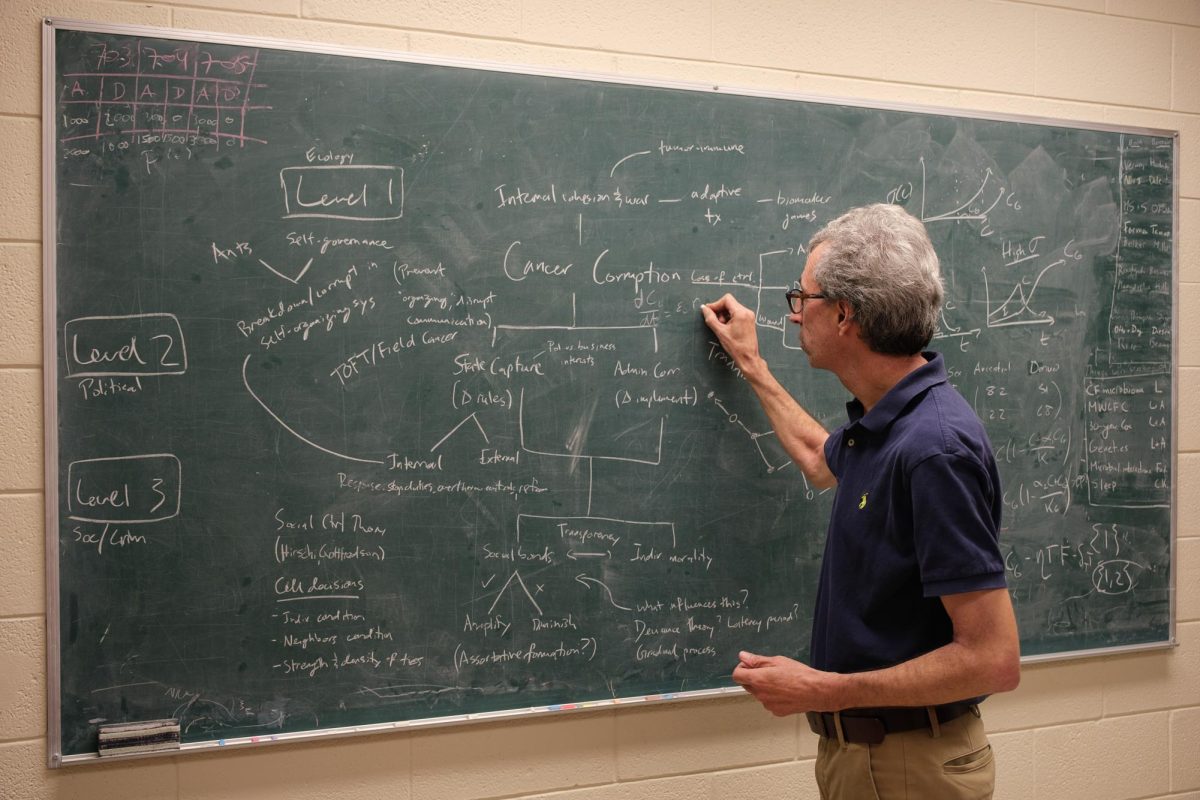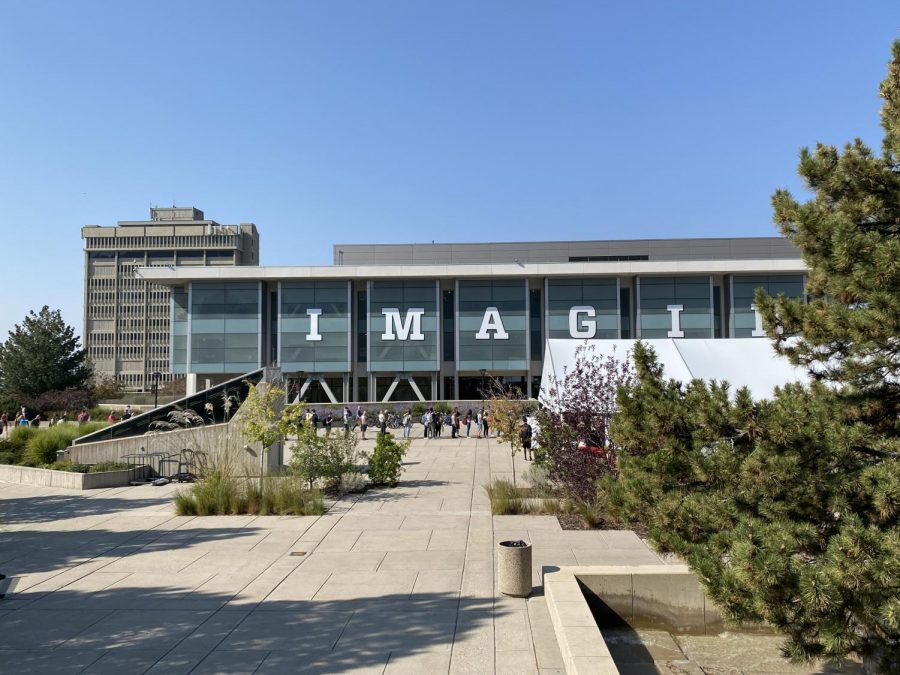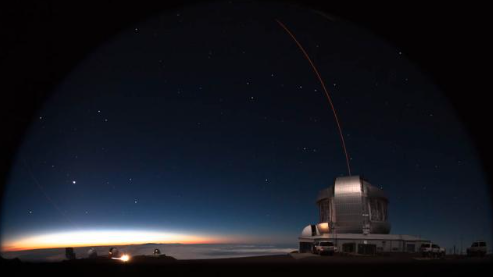Assistant professor in the department of physics and astronomy, Anil Seth along with other researchers at the University of Utah found two small dwarf galaxies with supermassive black holes. This discovery adds to the other dwarf galaxy that Seth found three years ago.
Dwarf galaxies are galaxies composed of about 100 million to several billion stars which, in comparison to the milky way’s 200-400 billion stars, is minuscule. According to NASA, these collections of stars greatly influence interactions with larger galaxies.
The discoveries, Seth said, came from a partnership with both local and global researchers.
“That collaboration was built by people who were all interested in this same science question…we needed a pretty big team to get the data in order to answer the question,” Seth said. “The telescope that we used to make this discovery was the Gemini telescope in Hawaii.”
The researchers used a telescope at the Gemini Observatory in Hawaii to reveal the galaxies.
The Gemini Observatory has two 8.1-meter in diameter telescopes in Hawaii and Chile, allowing astronomers from the United States, Canada, Brazil, Argentina and Chile to send in proposals to get a better look at the cosmos.
Chris Ahn, a Ph.D student, worked alongside Seth and other researchers in their ground-breaking work.
When analyzing the ultra-compact dwarf galaxies, VUCD3 and M59cO, Ahn at first did not realize that he was looking at supermassive black holes.
“As the stars are moving faster at the center, that’s a pretty good signature that there’s a black hole there,” Ahn said. “But I didn’t really understand it when I first saw that. It was surprising to me and once I told Anil about what I had found he was all excited and I didn’t really understand why initially.”
When finding black holes, it all comes down to gravity.
“What it showed is that the motions of the stars were fastest at the center and they were dropping as they went further out. Any galaxy with a black hole, that will always be true” shared Seth in reference to Ahn’s findings.
The closer the stars are to the black hole, the stronger pull the stars suffers and the quicker they get swung around. The stars farther from the black hole itself experience less gravitational pull and orbit more leisurely.
The method Ahn and Seth used to figure out just how fast these objects are moving utilized stellar mass.
“The way that we test for a black hole is we use the light distribution of the stars to predict how much stellar mass is there, so how much stuff there is in stars,” said Seth. “The more mass there is of anything the faster things are going to move around.”
Yet, the work for the team does not stop after three supermassive black holes.
“We have a lot more data on these ultra-compact dwarf galaxies,” Ahn said. “Our goal is to expand our sample to try and learn more and more about these objects. What I’m working on now is I’ve got another one of these ultra-compact dwarfs. What I’m looking to try and find out is if it also hosts a supermassive black hole.”
These black holes are the result of two galaxies being too close.
“The reason why these things have such big black holes, why we think, is because they were formerly really big galaxies that essentially have been gobbled up by even larger galaxies,” Seth said. “So all the outer parts have been taken away and there are just the cores of the galaxies left behind.”
By finding these black holes, researchers are able to piece together what the galaxies must have looked like before they were stripped of their outer layers, which can help science inch closer to unraveling the evolution process of these galaxies.
In learning more about galaxies, Seth said, “if we can do that for a whole bunch of these objects then we’ll really be able to look at the history of how galaxies merge together to form a bigger galaxy.”





















